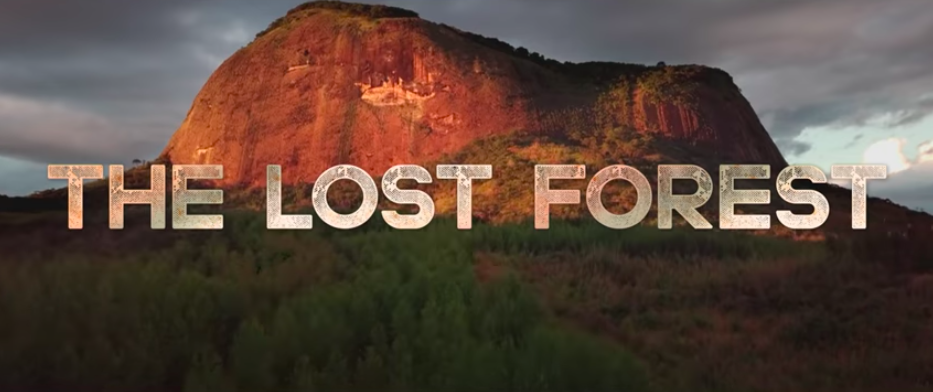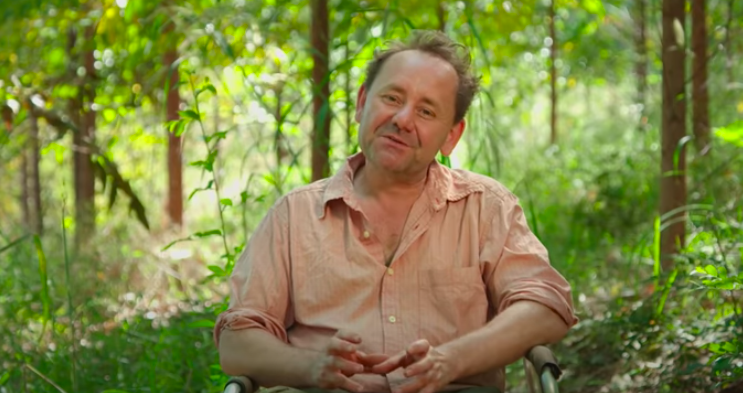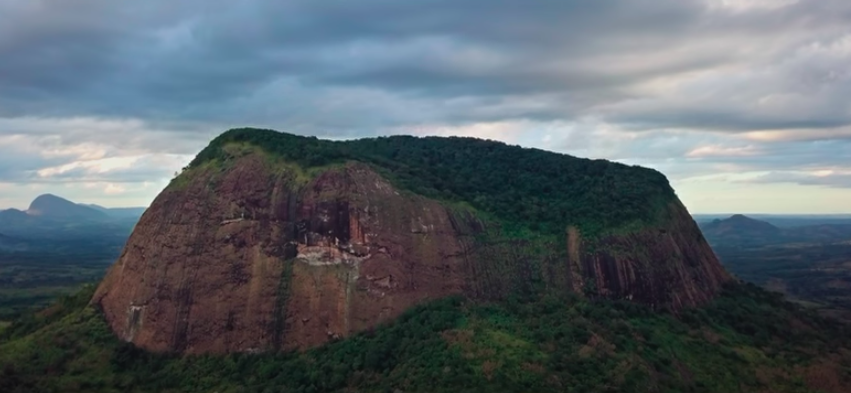Documentary Review – National Geographic’s “The Lost Forest”
When you think of National Geographic you most likely think of nature, wildlife and incredibly beautiful locations you’ve probably never seen or even heard of. That is exactly what you get in their new short documentary The Lost Forest, which follows a team of scientists exploring a forest in which no human has ever set foot.
Dr Julian Bayliss leads an international team of scientists and explorers to a location in Mozambique which has not previously been disturbed by humans. The team’s goal is not only to use this land to collect data on climate change, but also to potentially discover various new species. In order to get there though, they need to first climb a 100-meter wall of rock because this unique forest lies on top of a mountain.
The doc opens up with various shots of this mysterious forest while Bayliss explains who he is and what he does. Right away, these images are captivating as they present you with one of those aforementioned beautiful locations of which you’ve never heard.The documentary only gets more interesting when Bayliss lays out his plans for this forest, and the importance of the data they could possibly obtain from exploring it.
While The Lost Forest is definitely fascinating, it’s not a documentary that is going to keep you on the edge of your seat with action or suspense like Into the Fire. Instead, it’s actually quite soothing in a way, with frequent shots of the beautiful scenery and the background noise of the forest heard throughout. If it weren’t so interesting, it might actually make a nice backtrack for a nap.
The segment which serves as a bit of an outlier for that statement though, is the one in which the team is actually faced wit the task of getting to the top of this mountain. Bayliss introduces the free climbers who rig the climb for his team, a process that likely would have been both fascinating and incredibly suspenseful to watch. After that, we watch as the team of scientists, who are not experienced climbers, try to make their way up the mountain. It’s easily the most intense part of the doc.
Once they reach the forest, that soothing energy returns immediately, along with curiosity of their mission and mystery of the forest itself. Their search for new species and potentially very impactful date once again becomes the sole focus.
Once their research begins, Bayliss explains a great deal about climate change while he and his team begin looking for new species of animals. Two scientists begin setting various traps and before long, they prove to be affective. We see them find several different animals, including a shrew and a frog, which they later explain to be previously undiscovered species.
Bayliss focuses primarily on butterflies. He explains that he has previously discovered a species of butterfly and named it after his daughter. Eventually, he catches yet another new species in the forest. The team’s hunt for these new species is truly fascinating and very fun to watch.
Overall, The Lost Forest is a very easy watch from National Geographic and one that will easily grab your attention right from the beginning. There is the looming seriousness of climate change, which Bayliss reminds you of through the documentary, but mostly it’s a light-hearted journey into an incredibly beautiful new location.
You can watch The Lost Forest here.






